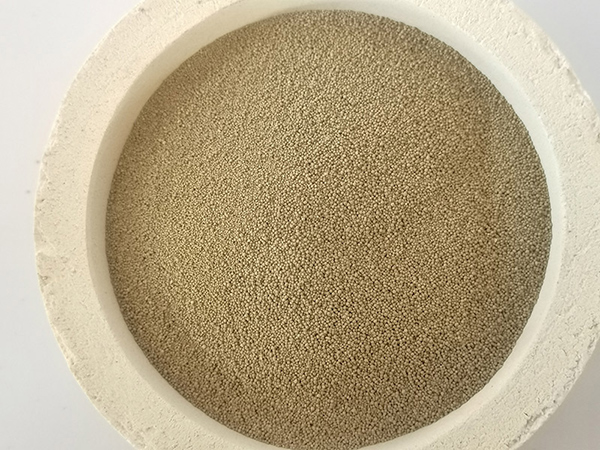Can You Sand a 3D Print?
3D printing technology has revolutionized the way we create and manufacture objects in various fields, from engineering to art. While the process offers remarkable precision and the ability to create complex geometries, it often comes with its set of challenges, particularly regarding surface finish. One common question among both novice and experienced 3D printing enthusiasts is whether it's possible to sand a 3D print, and if so, how to achieve the best results.
Can You Sand a 3D Print?
When preparing a 3D print for sanding, it is essential to take note of the material used. For example, sanding ABS prints is more manageable compared to PLA due to ABS's inherent properties. PLA tends to be more brittle and can chip or break when sanded too aggressively. Therefore, when you begin the sanding process, it's advisable to start with a coarser grit sandpaper, such as 100 or 150 grit, to remove the largest imperfections. After the initial smoothing, progressively move to finer grits (220, 320, and then up to 600 or even 1000) to achieve a smoother finish.
can you sand a 3d print

Another important factor to consider is the direction in which you sand. It’s best to sand in a circular motion or in the direction of the layers to reduce the visibility of the layer lines. Make sure to apply even pressure and avoid staying in one spot for too long to prevent creating uneven surfaces or gouges.
In addition to traditional sanding, there are various alternatives for finishing 3D printed objects. Chemical smoothing, which is particularly common with ABS, involves using solvents like acetone to achieve a glossy finish. This process works by softening the surface of the material, allowing it to flow together and eliminate layer lines. However, caution is necessary when handling chemicals, and adequate safety measures should always be followed.
The use of products like fillers or primers can further enhance the surface quality of a 3D printed model. These materials can fill in gaps or imperfections that sanding might not completely address. Once applied, a subsequent sanding process can help create an even smoother surface, ready for painting or coating.
In conclusion, sanding a 3D print is not only possible but also a highly effective way to improve its appearance. By understanding the material properties and choosing the right techniques and tools, you can significantly enhance the look and feel of your 3D printed objects. Whether you’re printing prototypes, artistic designs, or functional parts, mastering the art of finishing will take your 3D printing projects to the next level. So remember, when in doubt, grab that sandpaper and start sanding your way to perfection!
Post time:سپتامبر . 22, 2024 10:05
Next:3d printing with sand
